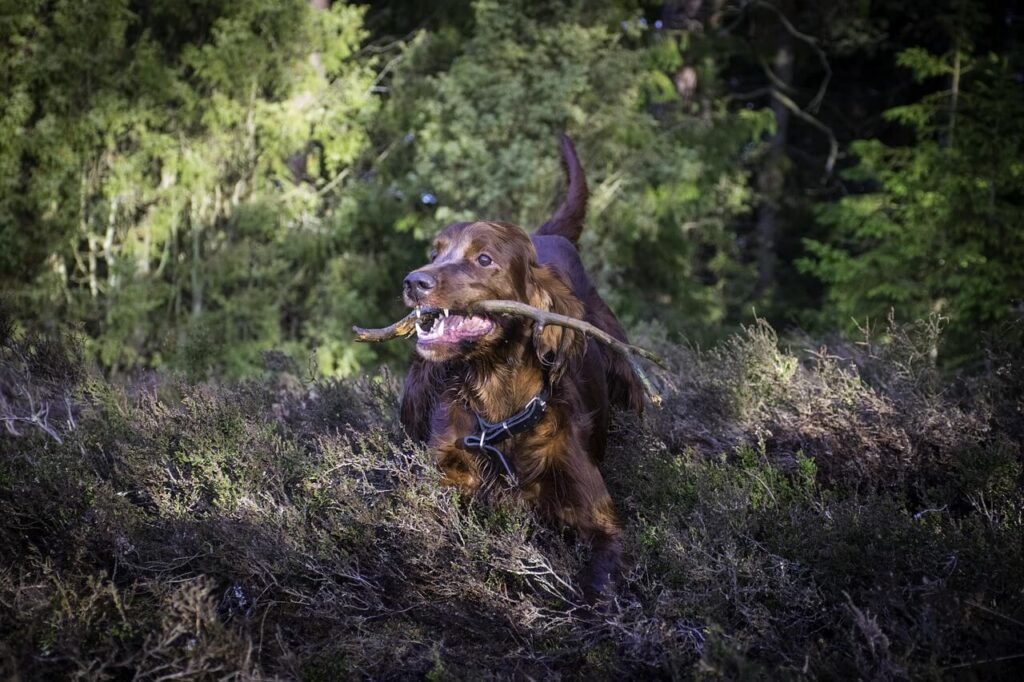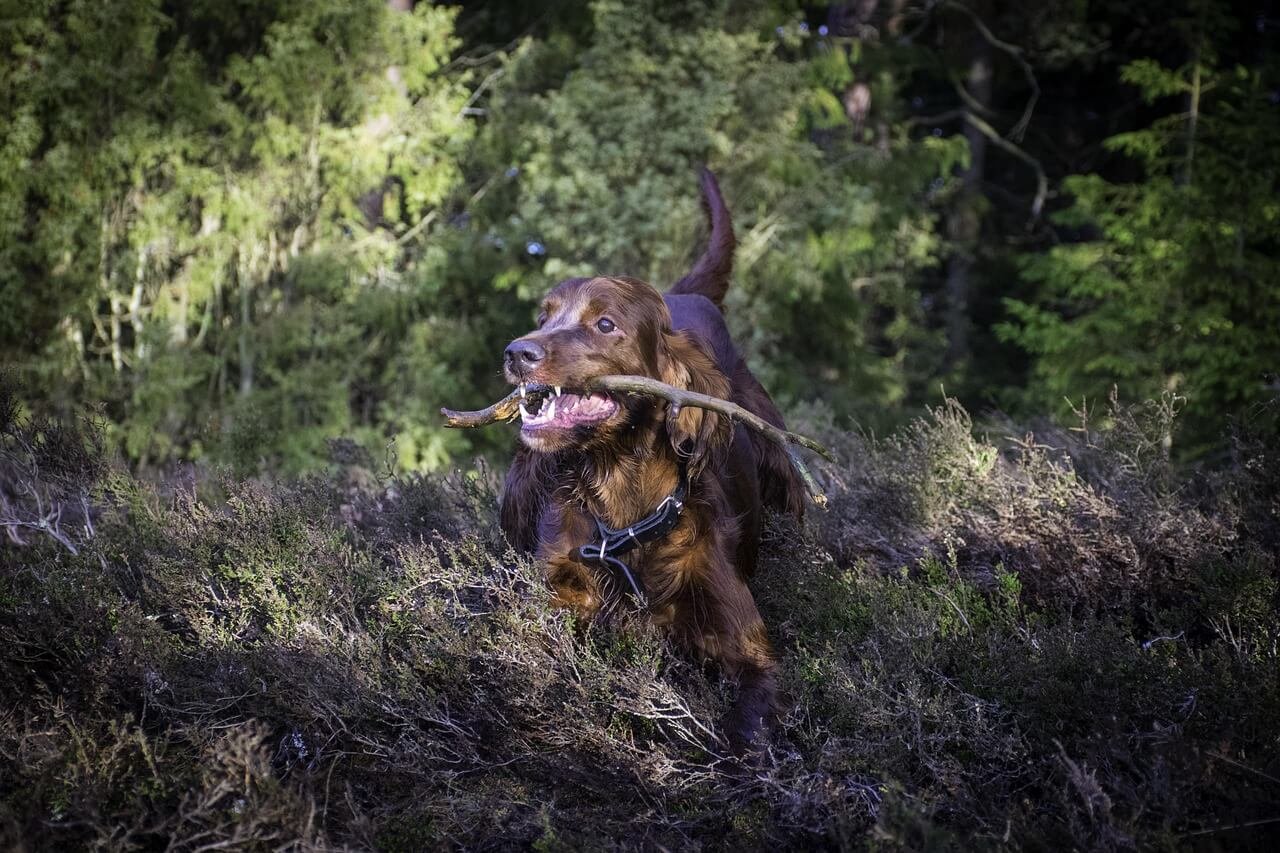Dog Grooming for Beginners: A Step-by-Step Guide to Pampering Your Pup
Grooming your dog is more than just keeping them looking cute—it’s an essential part of their overall health and well-being. For beginners, the idea of grooming might seem overwhelming, but with a little guidance, you can master the basics in no time. Regular grooming not only helps maintain your dog’s coat, skin, and nails but also strengthens the bond between you and your furry friend. In this blog post, we’ll walk you through everything you need to know about dog grooming for beginners, from the tools you’ll need to step-by-step techniques. Let’s get started on making grooming a fun and rewarding experience for both you and your pup!
Essential Tools for Dog Grooming
Before you begin grooming your dog, it’s important to gather the right tools. Having the proper equipment ensures the process is safe, efficient, and comfortable for your pet. Here’s a list of must-have grooming tools for beginners:
Slicker Brush: Perfect for removing loose fur and preventing mats, especially for long-haired breeds.
Dog Shampoo and Conditioner: Use products specifically formulated for dogs to avoid irritating their skin.
Nail Clippers or Grinders: Essential for trimming your dog’s nails to prevent overgrowth and discomfort.
Comb: A fine-toothed comb helps detangle fur and check for fleas or other skin issues.
Towel and Blow Dryer: These are handy for drying your dog after a bath and keeping them comfortable.
Having these tools on hand will make the grooming process smoother and more enjoyable for both you and your dog. Always choose high-quality, pet-safe products to ensure safety.
Step-by-Step Guide to Dog Grooming
Grooming your dog doesn’t have to be complicated. By following these simple steps, even beginners can achieve professional-looking results at home. Here’s how to groom your dog effectively:
Brush Their Coat: Start by brushing your dog’s fur to remove tangles, dirt, and loose hair before bathing.
Bathe Your Dog: Use lukewarm water and dog-specific shampoo to gently clean their coat, avoiding the eyes and ears.
Dry Thoroughly: Pat your dog dry with a towel and use a blow dryer on a low setting to prevent skin irritation.
Trim Their Nails: Carefully trim your dog’s nails, being cautious not to cut into the quick, which can cause bleeding.
Check Ears and Teeth: Inspect your dog’s ears for signs of infection and brush their teeth with pet-safe toothpaste.
By following these steps consistently, you’ll keep your dog looking and feeling their best. Regular grooming also allows you to spot any potential health issues early.
Check this guide 👉Top 5 Best Dog Grooming Tools for Ultimate Pet Care!
Check this guide 👉5 Best Dog Grooming Scissors for Ultimate Pawsome Results!

Grooming Tools You’ll Need | Benefits of Each Tool |
|---|---|
Slicker Brush | Removes loose fur and prevents matting |
Dog Shampoo and Conditioner | Cleans and moisturizes without skin irritation |
Nail Clippers or Grinders | Keeps nails at a healthy length |
Comb | Detangles fur and checks for skin issues |
Towel and Blow Dryer | Dries your dog quickly and comfortably |
Common Mistakes to Avoid in Dog Grooming
Even with the best intentions, beginners often make mistakes that can stress their dog or lead to grooming mishaps. Being aware of these pitfalls can help you avoid them. Here are some common grooming mistakes to watch out for:
Using Human Products: Shampoos and conditioners for humans can irritate your dog’s sensitive skin.
Cutting the Quick: Trimming nails too short can cause pain and bleeding, so proceed with caution.
Skipping Brushing: Failing to brush your dog regularly can lead to painful mats and tangles.
Rushing the Process: Moving too quickly can stress your dog and make grooming unpleasant for both of you.
Neglecting Ear and Dental Care: Ignoring these areas can result in infections or dental problems down the line.
By avoiding these mistakes, you’ll create a positive grooming experience that keeps your dog happy and healthy. Patience and preparation are key.
Tips for Making Grooming Fun for Your Dog
Grooming doesn’t have to be a chore—it can be an enjoyable bonding experience for you and your dog. With a few tricks, you can make grooming something your pup looks forward to. Here are some tips to make the process fun:
Use Positive Reinforcement: Reward your dog with treats or praise after each step of the grooming process.
Create a Calm Environment: Choose a quiet, comfortable space where your dog feels safe and relaxed.
Keep Sessions Short: Break grooming into smaller sessions to prevent your dog from becoming overwhelmed.
Introduce Tools Gradually: Let your dog sniff and explore grooming tools before using them to reduce fear.
End on a High Note: Finish each session with playtime or a favorite activity to leave your dog with a positive association.
By incorporating these strategies, you’ll transform grooming into a rewarding experience that strengthens your bond with your dog.
Why Consistent Grooming is Essential for Your Dog’s Health
Regular grooming is not just about keeping your dog looking good—it plays a vital role in their overall health and well-being. By incorporating grooming into your routine, you can prevent potential issues and keep your dog comfortable. Here are some key benefits of regular grooming:
Improved Skin and Coat Health: Brushing distributes natural oils, reducing dryness and preventing skin irritations.
Early Detection of Health Issues: Grooming allows you to spot lumps, bumps, or parasites like fleas and ticks early on.
Better Hygiene: Regular baths and ear cleanings help maintain cleanliness and reduce odors.
Nail Maintenance: Trimming nails prevents discomfort and joint problems caused by overgrown nails.
Strengthened Bond: Grooming sessions provide quality one-on-one time, enhancing your relationship with your dog.
By prioritizing regular grooming, you’re investing in your dog’s long-term health and happiness. It’s a small effort that yields big rewards for both you and your pup.
How to Know When It’s Time for a Grooming Session
Sometimes it’s hard to tell when your dog is overdue for grooming, especially if you’re new to the process. However, certain signs indicate it’s time to grab the brush or schedule a bath. Here’s what to look for:
Excessive Shedding: If you notice fur everywhere, it’s a clear sign your dog needs brushing.
Visible Mats or Tangles: These can cause discomfort and even skin infections if left untreated.
Unpleasant Odor: A strong smell may indicate it’s time for a bath or dental care.
Overgrown Nails: If you hear clicking sounds on the floor, your dog’s nails are too long.
Irritated Skin or Redness: This could be a sign of poor hygiene or an underlying issue that grooming can help address.
Recognizing these signs ensures your dog stays comfortable and healthy. Addressing grooming needs promptly prevents bigger problems down the line.
Overcoming Obstacles During Dog Grooming Sessions
Even experienced groomers face challenges, and beginners often encounter hurdles when starting out. The good news is that most grooming challenges have simple solutions. Here are some common issues and how to handle them:
Dog Won’t Stay Still: Use treats or toys to distract and reward your dog during grooming sessions.
Matted Fur: Avoid cutting mats with scissors; instead, use a detangling spray and work slowly with a comb.
Fear of Nail Trimming: Introduce the clippers gradually and reward calm behavior to build confidence.
Bath-Time Resistance: Make baths fun by using lukewarm water, speaking softly, and offering praise throughout.
Ear Cleaning Struggles: Use cotton balls and a vet-recommended cleaner, ensuring your dog feels safe and secure.
By addressing these challenges with patience and creativity, you’ll create a smoother grooming experience for both you and your dog. Every hurdle is an opportunity to learn and grow together.
Frequently Asked Questions About Dog Grooming for Beginners
How often should I groom my dog?
The frequency depends on your dog’s breed and coat type, but generally, brushing once a week and bathing every 4–6 weeks is recommended.
Can I use human shampoo on my dog?
No, human shampoo can irritate your dog’s skin. Always use products specifically formulated for dogs.
What should I do if my dog hates grooming?
Gradually introduce grooming tools, use positive reinforcement, and keep sessions short to build trust over time.
How do I trim my dog’s nails safely?
Trim small amounts at a time, avoid cutting into the quick, and consider using a nail grinder for precision.
Do I need professional grooming tools?
While basic tools work for most beginners, investing in quality grooming tools can make the process easier and more effective.
Final Thoughts: Mastering Dog Grooming for Beginners
Grooming your dog is an important responsibility that contributes to their health, happiness, and overall well-being. As a beginner, it may take some practice to feel confident in your skills, but with patience and consistency, you’ll soon become a pro. Remember, grooming isn’t just about aesthetics—it’s an opportunity to bond with your dog and ensure they’re comfortable and healthy. By following the tips and techniques outlined in this guide, you’ll create a positive grooming routine that benefits both you and your furry companion. So grab your tools, roll up your sleeves, and enjoy the rewarding journey of dog grooming!
Cat Fever Treatment: Best 7 Expert Tips! Discover expert advice on identifying, managing, and treating fever in cats to ensure their quick recovery and well-being.
Understanding Meloxicam for Cats: Best 7 Expert Tips! Learn how to safely administer meloxicam, manage side effects, and ensure your cat's comfort with expert advice on feline pain relief.
Amoxicillin for Cat UTI: Best 7 Expert Tips! Discover safe usage, dosage guidelines, and expert advice on treating feline urinary tract infections effectively with amoxicillin.
Understanding Cat Cancer Treatment: Best 7 Expert Tips! Discover expert advice on managing feline cancer, from early detection to treatment options, ensuring your cat’s health and comfort.





